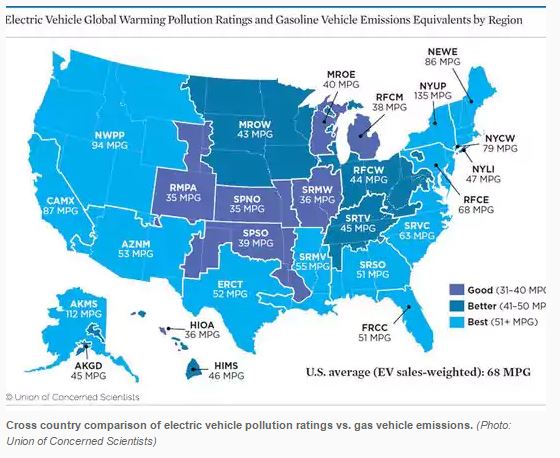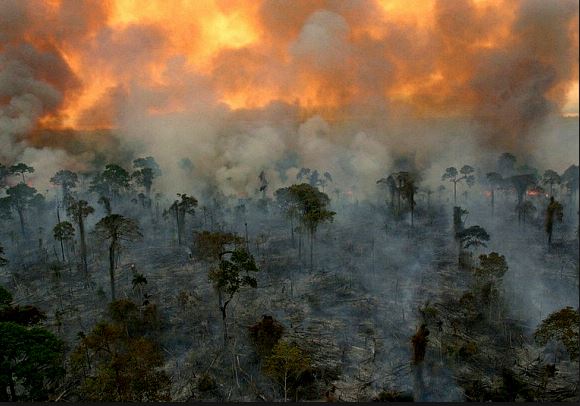oilerlord said:
Guys, it does matter how many new cars you buy or lease over your lifetime, and how long you drive them. Your personal / household CO2 footprint matters. Buying / leasing a new car every three years / 36,000 miles doesn't help lower it.
I'm not sure why you say that, I don't think it makes any difference to the CO2 footprint.
Consider a group of 20 people, each of whom has one car, and for simplicity suppose they each drive 10,000 miles/year, and their cars each last 20 years. Let's further suppose that at the start of a 20 year period, they each start with a car of a different age, i.e. one is new, one is 1 year old, one is 2 years old, etc.
Now take two cases: In the first case, everybody keeps their car until it is 20 years old; then they replace it with a new car and hold that for 20 years. Over the course of a 20 year period, 20 cars get bought, and 20 cars get junked. Each person buys one car, and each person junks one car.
In the second case, everybody trades cars (and dollars) every year, passing their car on the person with the next oldest car. So one person is always driving a new car, one person is always driving a 1 year old car, one person is always driving a 2 year old car, etc. Over the course of a 20 year period, 20 cars get bought, and 20 cars get junked. But one person buys all 20 cars, and one person junks all 20 cars.
What carbon footprint accounting method do you propose to use that would result in different accounting for the two cases? It seems to me that in both cases, all 20 people have the same automotive carbon footprint. The only difference I see is that in the second case, some people are (presumably) paying more to drive newer cars, and some people are saving money by driving older cars.
Cheers, Wayne



